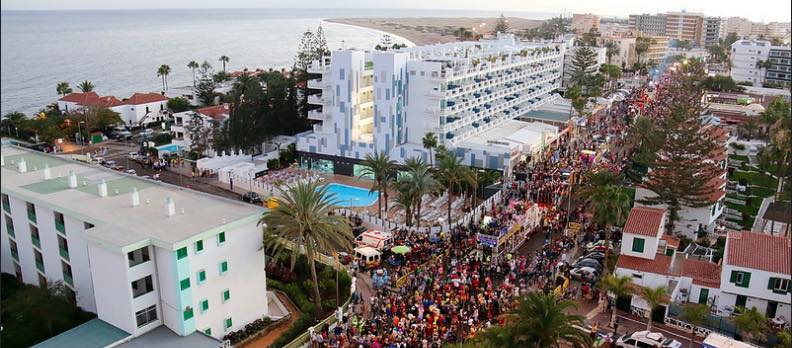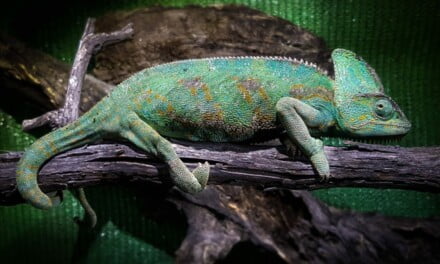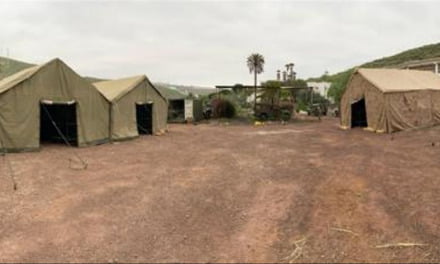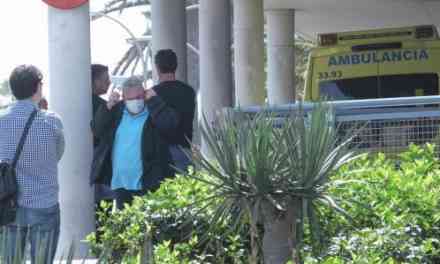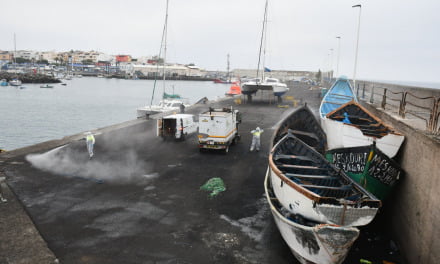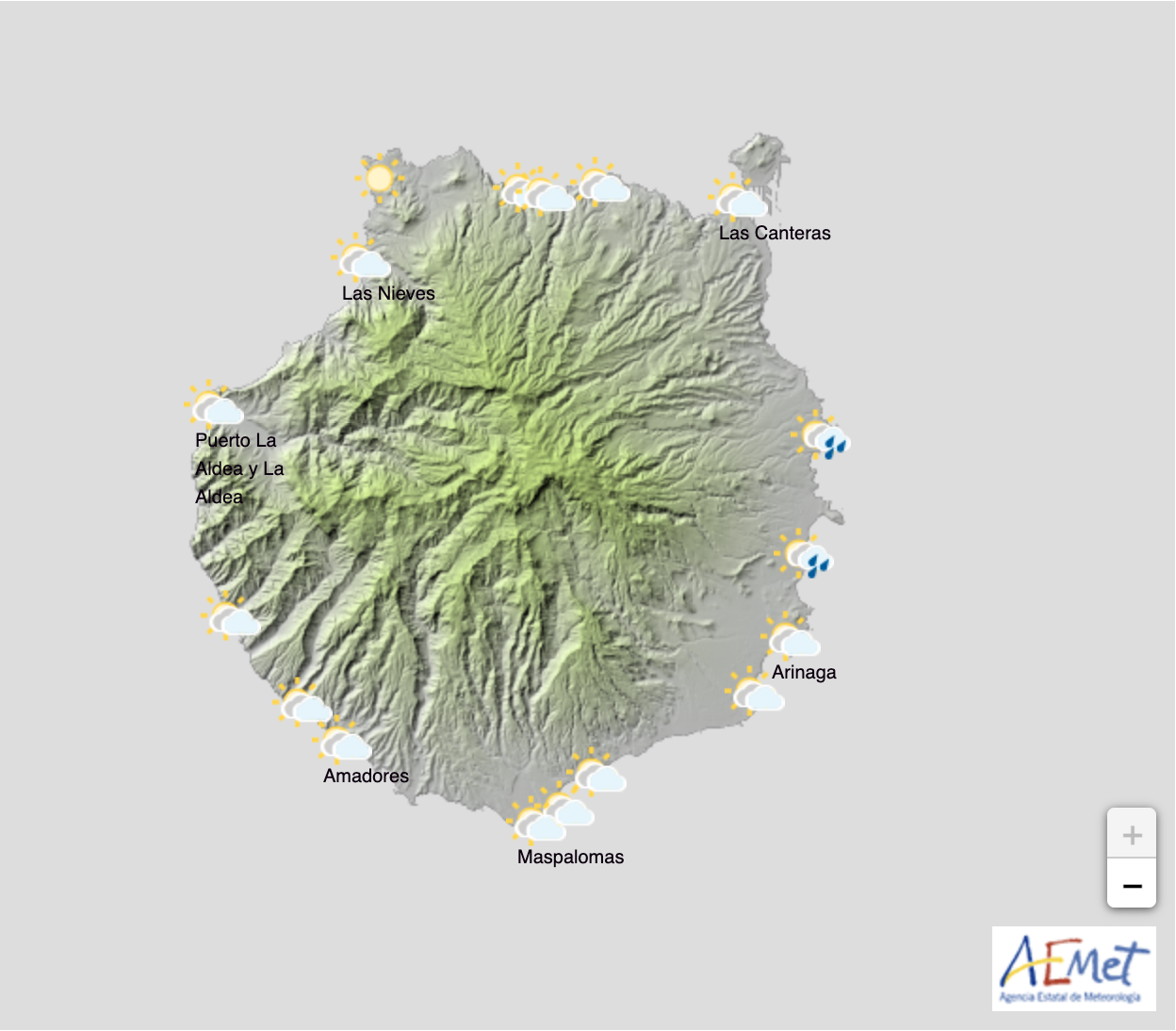The deadlines needed, in the face of the ever-changing pandemic response measures, for the proper organisation of the usual seasonal mass events have made it impossible for the San Bartolomé de Tirajana town hall to guarantee the holding of these much anticipated cultural celebrations.
Given the uncertainty in the evolution of the pandemic and the impossibility of establishing a date to recover “normality”, the council say they have been forced to cancel the holding of mass events including the usual Kings Day Parade on January 5th and the International Maspalomas Carnival which would usually start around the end of February. The municipal government say there are still opportunities to celebrate on the dates of Kings and Magi and any Carnival activities that can fit into the new normal or within whatever sanitary restrictions that are in force at the time regarding mass events.
The originally pagan celebration of Carnival is widely thought to have its origins in the final days of European winter, as the food stocks started to run out so livestock were more likely to be slaughtered for food, but in anticipation of the first new crops of springtime, feasting and revelry would herald a few lean weeks until the first fresh new food for the year could be harvested. The Catholic church incorporated this seasonal cycle into the run up to their celebration of Easter, connecting the season to 40 days and nights of abstinence, following the great banquets that marked the passing winter, and preceding the springtime ahead with stories of the “rebirth” that Easter represented. For much of the 20th century these debaucherous festivals of feasting and flesh were prohibited. In some parts of the Canary Islands, the carnival celebrations were disguised as “winter festivals”, in order to go somewhat unnoticed by the authorities. Many towns on Gran Canaria conducted secret celebrations, where many of the attendees wore the old clothes of others, often of the opposite gender, not only as costume, but as disguises should their revelry be interrupted. This is one of the reasons that cross-dressing and later drag became so popular at Canary Islands carnivals, allowing for transgressions in anonymity to be indulged by the entire population ahead of of Mardis Gras (Shrove/Fat Tuesday) and the sombre lent period to follow. A new spirit of openness began in the mid-70s with many traditional carnivals starting to be recovered. By 1974 Maspalomas carnival began to take off and be noticed on the island and international scene. It is here when the famous mogollones (verbenas or street parties, with cave man styling) begin to appear, along with the parade and the galas to select the carnival queen and the children’s queen. In 1986 the Miss Travestikarnatival Gala was held for the first time, and is considered the first official “drag gala”, an event added to the Las Palmas Carnival in 1998 and has since become a major staple of carnivals everywhere across the islands. By the 90s the Maspalomas carnival had begun to take its current form. The revival of the sardine in Maspalomas, follows its funeral endding the biggest carnival in the capital, then a traditional carnival in old San Fernando starts off the main season for the south, traditional nightly mogollones in the Yumbo Shopping Centre, the Drag Gala, Carnival Queen, Children’s Shows, Body Painting competitions and much more culminates in a grande parade and the eventual re-cremation of the Sardine, once again absolving everyone of the supposed fleshy sins, debaucheries and transgressions of this popular end of winter celebration. Every year, between the traditional months marking the start of “Lent”, during February and March, everyone in Maspalomas dresses up in the most outrageous costumes, in colour and light to celebrate more than a week of Carnival, live performances, batucada dancers, known as comparsas, and satirical street choirs, known as murgas, roam the streets of this well known sunshine destination.
Every year, between the traditional months marking the start of “Lent”, during February and March, everyone in Maspalomas dresses up in the most outrageous costumes, in colour and light to celebrate more than a week of Carnival, live performances, batucada dancers, known as comparsas, and satirical street choirs, known as murgas, roam the streets of this well known sunshine destination.

